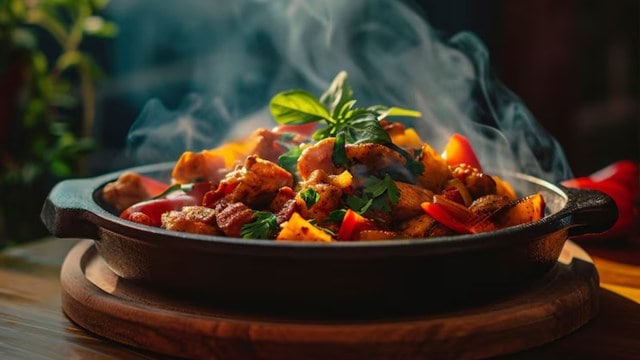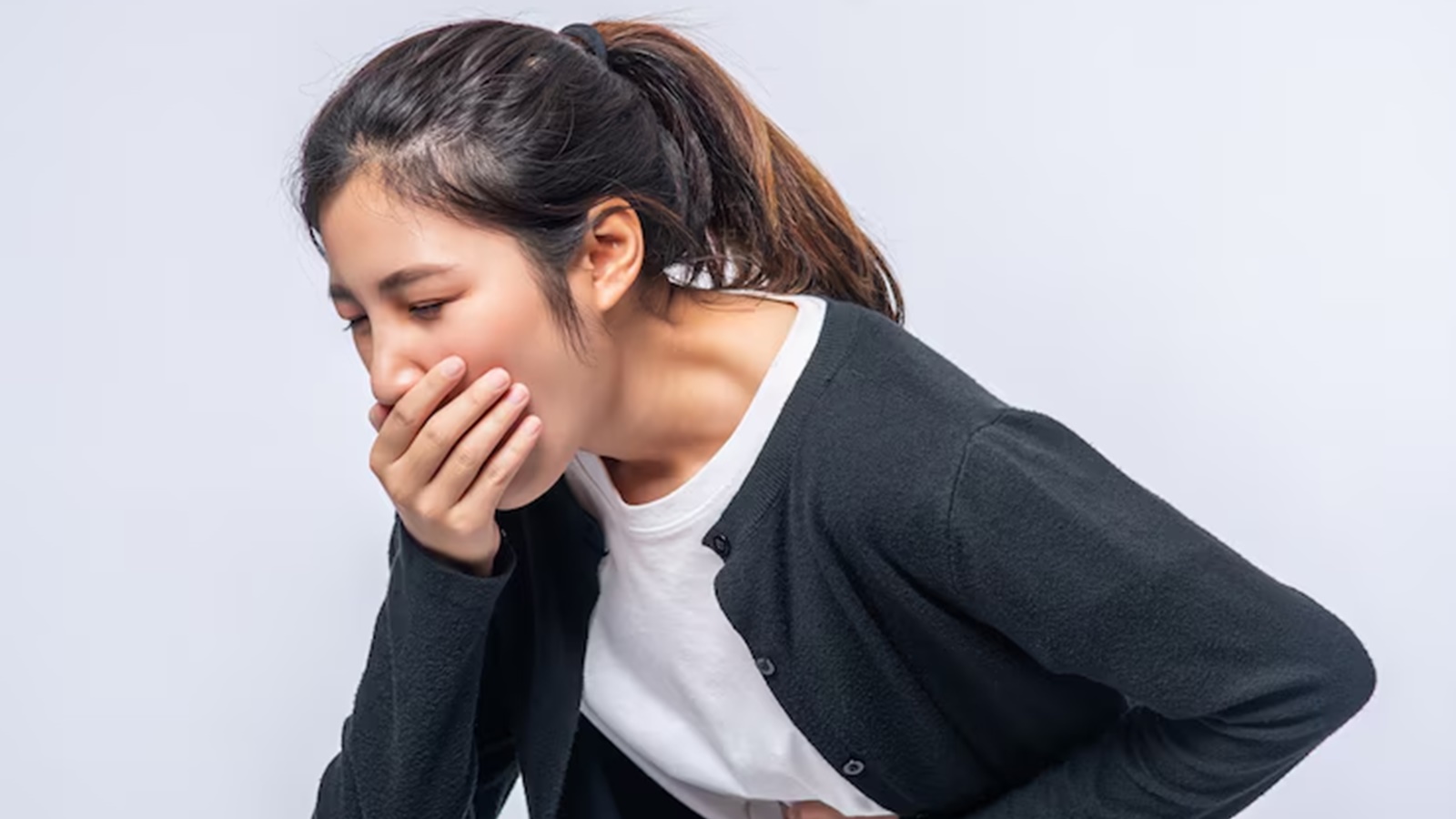📣 For more lifestyle news, click here to join our WhatsApp Channel and also follow us on Instagram
‘Reheat your food properly before eating’, says WHO; here’s why it is doubly important for Indians
If cooked food cannot be consumed immediately, the WHO advocates proper reheating as a safer practice than consuming it at room temperature.
 If cooked food cannot be consumed immediately, the WHO advocates proper reheating as a safer practice than consuming it at room temperature. (Source: Freepik)
If cooked food cannot be consumed immediately, the WHO advocates proper reheating as a safer practice than consuming it at room temperature. (Source: Freepik)The WHO recently came up with 10 “Golden Rules” for safe food preparation. These guidelines can drastically reduce your chances of getting sick from foodborne illnesses, which affect over 600 million people worldwide.
One important rule is to eat cooked food as soon as possible. However, the WHO understands that this isn’t always practical. Another of their Golden Rules addresses this, highlighting the importance of properly reheating leftovers to ensure safety.
If cooked food cannot be consumed immediately, the WHO advocates proper reheating as a safer practice than consuming it at room temperature.
According to Dr Suranjit Chatterjee, Senior Consultant of Internal Medicine at Indraprastha Apollo Hospitals, reheating to an internal temperature of at least 75°C (165°F) helps to kill any bacteria that may have multiplied during storage.
However, he warned that this process should only be done once, as repeated cycles of cooling and reheating can further compromise food quality and safety. “Each reheating cycle allows more time for bacteria to grow during the interim cooling periods. While the WHO’s guidelines do permit reheating once if done properly, avoiding excessive reheating remains a prudent precaution, especially in regions with warmer ambient temperatures like India that may accelerate microbial growth,” he said in an interaction.
Reheating food to a high enough temperature also kills these bacteria, preventing foodborne illness. These illnesses can cause unpleasant symptoms like nausea, vomiting, and diarrhoea, and can be especially dangerous for young children, pregnant women, and people with weakened immune systems.
 Reheating food to a high enough temperature also kills these bacteria, preventing foodborne illness. (Source: Freepik)
Reheating food to a high enough temperature also kills these bacteria, preventing foodborne illness. (Source: Freepik)
Here are some reheating strategies to try
Add a splash of liquid: Leftovers can dry out during reheating. Adding a little broth, water, or sauce can help retain moisture and flavor.
Reheat in portions: Reheating large quantities repeatedly can affect quality. Consider portioning leftovers before storing to avoid unnecessary reheating.
Get creative: Leftovers can be a launchpad for new dishes! Use them in stir-fries, omelets, or soups, breathing new life into your meals.
Safe food handling is key from preparation to consumption. Reheating leftovers properly is a simple yet crucial step to prevent foodborne illness and ensure you enjoy your delicious leftovers safely. So, the next time you reach for that container of leftovers, reheat right for a healthy and happy meal.
📣 For more lifestyle news, click here to join our WhatsApp Channel and also follow us on Instagram



- 01
- 02
- 03
- 04
- 05
























